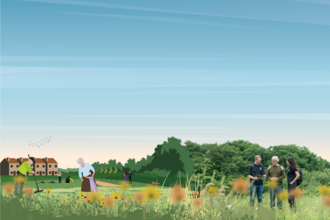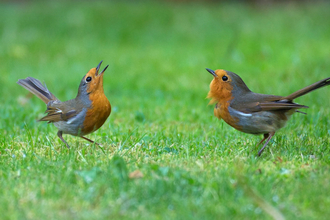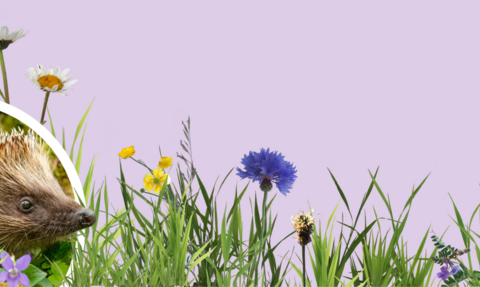
Homes for Hedgehogs
Issues facing hedgehogs
Some of the biggest issues facing hedgehogs are outside our immediate control. Busy roads and intensive farming are concerns we don’t have an ability to influence, but there are many things we can do in our own gardens and community places to make these spaces safer for hedgehogs
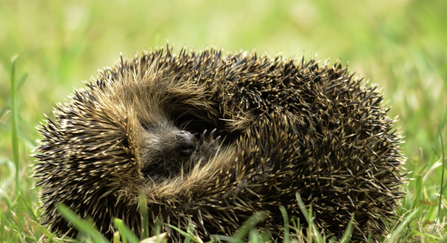
WildNet - Amy Lewis
Understanding the issues hedgehogs face:
Chemicals
Insecticides and other garden chemicals not only kill the very food that hedgehogs need to survive; they can also be ingested by hedgehogs when they eat contaminated food. Whilst garden pests can be considered a pain, it really is best to remove or at least reduce chemical use in your garden if you want to encourage hedgehogs.
Some wood preservers can also attract hedgehogs who lick freshly painted surfaces. There are water based, green alternatives that are far more environmentally friendly.
Drowning
Hedgehogs are very good swimmers, but they will drown from exhaustion if they fall into water they cannot get out of. Water is a brilliant option for a wildlife garden, but always make sure that there is a slope made of stones, wood or strong wire so that any hedgehogs can get out easily if they fall in. If you have a pool or pond, make sure to check it every day.
Bonfires
As we approach autumn, many people burn their garden waste. A pile of garden waste makes a perfect home for a hedgehog. Before you burn anything, check thoroughly for sleeping hedgehogs. It’s best to gather any waste you plan to burn in one location and then build the bonfire moments before you plan to burn it. this will prevent any issues.
Netting
This may not seem like big issue, but loose netting can act as a snare for hedgehogs and can even cause death. Make sure any unused netting in your garden is stored above ground and any netting in place has a good clear gap underneath for hedgehogs to navigate. If you free a tangled hedgehog, make sure to seek advice from a hedgehog carer as constriction injuries can lead to infection and death if untreated.
Strimmers and lawnmowers
It’s easy just to want to get on with garden tasks, but hundreds of hedgehogs are injured each year by mowers and most especially, strimmers. Before you start these tasks it’s a good idea to have a good look around to see if you can spot any hedgehogs, especially as a scared hedgehog may well curl into a ball instead or running away from any noise. Your neighbours may wonder what you’re doing, but at least you won’t have to deal with an injured hedgehog. It’s also not a bad idea to pause on occasion and double check the area you’ll be cutting next.
Badgers
It’s important that we also mention badgers at this time. Sadly, badgers and hedgehogs do come into conflict on occasion. Badgers will kill and eat hedgehogs, but they make up a tiny proportion of a badger’s diet. A badger’s main diet is invertebrates such as earthworms and beetle larvae, which are also favoured by hedgehogs. Competition for the same food, and some predation, may result in fewer hedgehogs in areas where badger numbers are high. When foraging, hedgehogs will avoid areas where badgers have recently been active.
As badgers and hedgehogs are pushed into smaller and smaller areas, conflict is inevitable. By making our gardens more hedgehog friendly and increasing available food sources, we can increase the amount of habitat where they feel comfortable and reduce some of that pressure.
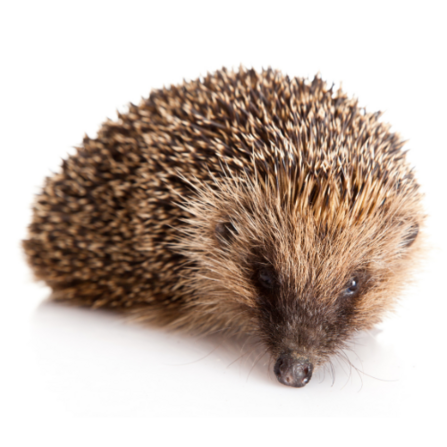
Thank you for being a hedgehog hero
This is only the tip of the iceberg when it comes to actions you can take to protect Somerset’s hedgehogs. See below for some more ideas, and look out for emails from us over the next three months as we share lots of tips, ideas and fun facts about hedgehogs and how you can help the hogs in your garden.

